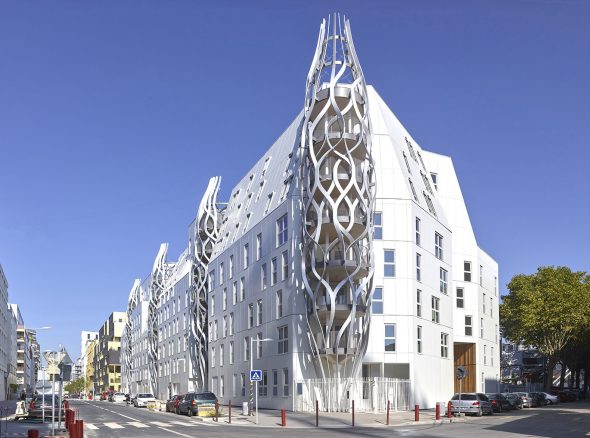Understanding The Significance Of Urban Renewal

Bush, the former First Lady of the United States, once said something that unintentionally champions the vision of urban renewal in building a greener future: “The planning of buildings, city blocks and public spaces determines how businesses, governments, civic organizations, and neighbors come together and interact as a community.”
So what exactly is urban renewal and why does it matter?
A city, old or new, large or small, whether on the edge of a breathtaking Pacific view or enclosed by mountains, is more than just a place where people live and survive. It’s also a place that they identify with, contribute to, and weave into the story of their unfolding lives. The more beautiful a city, the more valued it becomes for its inhabitants; and the more intimate the bond they feel with the city, the closer they feel to others thriving there as well.
Rather than bulldoze and build anew, the process of taking existing structures and re-purposing them for a new generation of commercial, academic, industrial, or residential use helps the community by conserving shared resources. San Diego is one Southern California city that is being transformed by numerous urban renewal programs and real estate investors in San Diego understand that beauty is not always about chrome and glass, minimalism and modernistic structures. Sometimes beauty can be found in old buildings that just need a little help when they start to show signs of aging, decaying.
Today, San Diego is pushing the boundaries of conventional thinking and transforming the urban core with renewed homes, condos, restaurants, and craft breweries.
The Purpose of Restoration
The purpose of the restoration of older buildings is analogous to touching up a Renaissance painting with fresh colors when the original pigments have begun to fade into obscurity. Yes, a modern artist can probably paint a much better portrait or landscape with his or her advanced knowledge of art techniques, superior brushes and superior paint pigments, but an artist cannot bring back the intellectual vitality and lust for transformation that marked Renaissance by scrubbing the work of the original artist with a brand new interpretation.
Similarly, some buildings in an old city tell the story of its heroic evolution. Simply tearing these decrepit buildings and replacing them with a shiny new, modern building is to desecrate the memory of the history of the city. The solution is to do what one would do with ancient works of art: lovingly restore them to new life. Many buildings that are wastefully torn down in the name of modernization have solid foundations and good structures and just need to be redesigned, reinforced, and retrofitted with energy efficiency upgrades to continue to serve a community well.
The Identity of a City
The purpose of urban renewal and redevelopment is not just a growing movement to help a city honor its past, instill a feeling of civic pride, and reduce vandalism and crime. These are values that a modern urban developer could dismiss as sentimentalism getting in the way of progress. Revitalization projects also make perfect economic sense. Money is not squandered tearing things down that don’t need to be torn down but just need to be renovated. When properly executed, revitalization can stimulate the economy and improve property values.
What Can Be Renewed
While, of course, not everything can be renewed, many more buildings and properties can be saved than most self-serving urban developers are willing to consider. Some examples of properties that can be saved through an urban renewal project are older homes in disrepair, abandoned manufacturing plants, decommissioned coal power plants, and undeveloped land that has been filled with debris or overgrown vegetation.
Great Works Take Time
In a culture imbued with an insatiable desire for quick returns, the idea of urban renewal might take longer than most people hope. While specific buildings and small projects can be done in a few years, the revitalization of an entire city can take decades. A classic example of how it’s still worth the labor of love is San Francisco. In an article on noteworthy urban renewal projects, Pelligra, describes the slow, patient, and beautiful transformation of a city that was founded in June 29, 1776: “The development of San Francisco over the past 60 years has been fascinating, with neighbourhoods being gentrified, people-power (particularly people with lots of money) putting paid to some proposed development and a number of landmark projects being driven by an entrepreneurial spirit.”